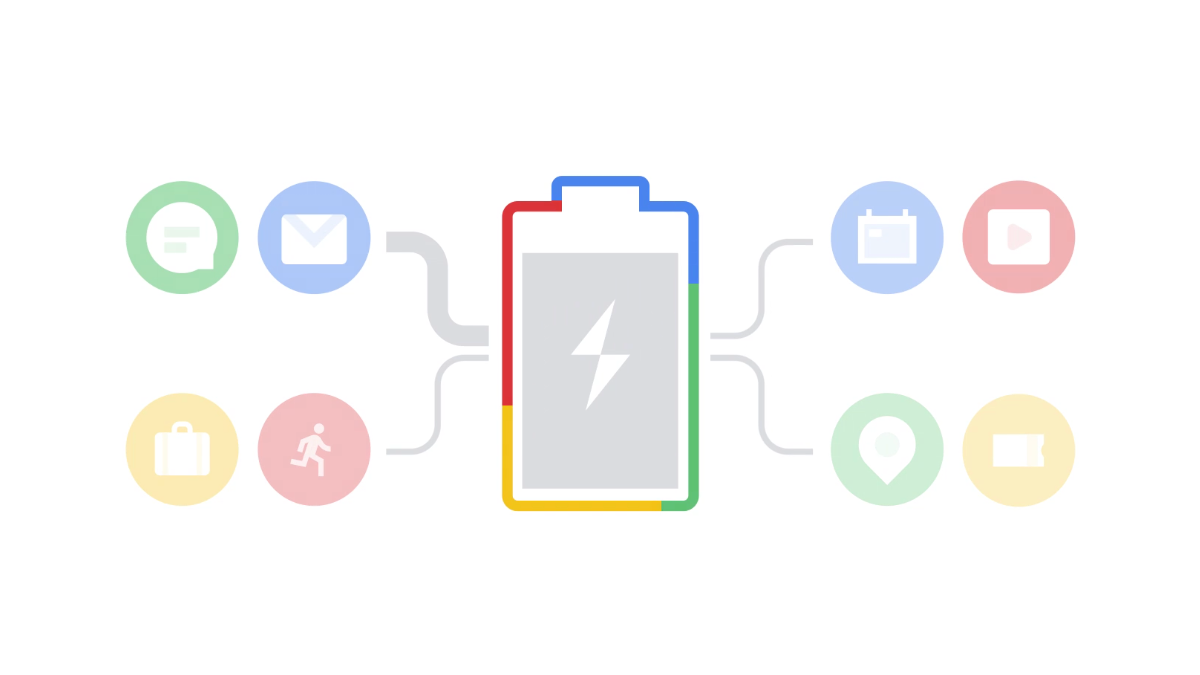Quick Links
Bad battery life can ruin your Android experience. But even a big battery probably still needs nightly charging. On top of that, batteries degrade over time. "Adaptive Charging" is a feature that aims to help all of these problems.
Why Battery Life Gets Worse Over Time
You may have noticed that battery life gets worse if you use a phone for a long time. This is due to the "health" of the battery. As batteries age, they lose some of their capacity and won't last as long on a charge.
A brand new battery will have battery health of around 100%. This means you're getting the full potential of the battery capacity. What eats away at battery health is the constant charging and discharging cycle. It's unavoidable.
Keeping a phone charged in the 20-80% charged range is best for the battery, but it's not always realistic in practice. You'll put your phone on the charger at night and wake up to 100% charge. While you were sleeping, the battery was in a cycle between 99-100% for several hours.
Typically, a smartphone battery is designed to retain up to 80% health for 500 complete charge cycles. That means from close to 0% to 100%. In most cases, that's plenty for how long you will use the phone, but all those charging cycles add up. That's where adaptive charging comes in.
What Is Adaptive Charging?
Staying in that 20-80% range is ideal, but it's hard to do when you plug your phone in for several hours every night. Adaptive Charging aims to take care of that for you in an intelligent way.
Adaptive Charging keeps the battery at 80% for most of the night. Then right before you wake up, it will allow the battery to finally charge to 100%. That means you avoid the constant cycling between 99-100% all night.
"Adaptive Charging" is the name of the feature on Google Pixel phones. OnePlus devices have a similar feature called "Optimized Charging." Samsung Galaxy devices call it "Adaptive Battery" and also have a feature that allows you to cap the battery at 85% all the time. (The iPhone has a similar feature named "Optimized Charging," too.)
Adaptive Charging modes usually use your alarms and usage habits to determine the best time to reach 100%. If you find the battery isn't fully charged when you need it, you may just need to give it more time to learn your routine.
All of these different features are aimed at reducing the damage that charging cycles have on batteries and maintaining battery health for as long as possible.
When Optimizations Go Too Far
Battery optimizations sound good in theory, but they can go too far. Samsung in particular is guilty of taking extreme measures to maximize battery life. These measures can negatively impact your Android experience.
The website "Don't Kill My App!" ranks Android manufacturers and how their battery "optimizations" impact functionality. Aggressive app killing in the name of battery life can result in missed notifications and poor app performance. If you're a Samsung user, you may want to turn these features off.
In general, most Android devices handle battery optimizations pretty well. Battery life is one area where manufacturers are incentivized to make your experience as good as possible. If your Samsung phone has bad battery life, you may not want another one. But too much of a good thing can be bad sometimes.
In general, Adaptive Charging is a useful modern addition to Android smartphones. You should keep it enabled if it's not causing any problems. Your battery will thank you.

